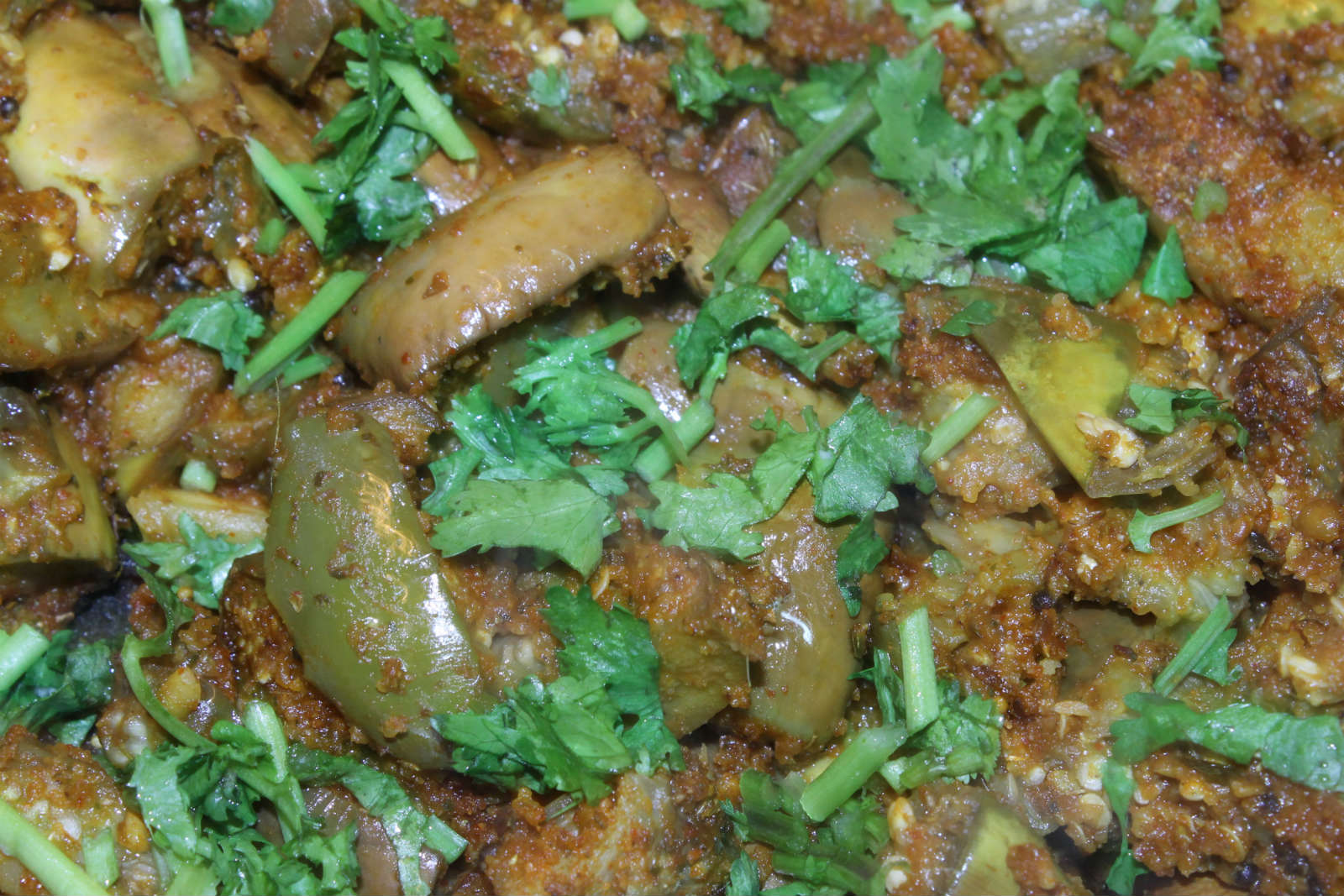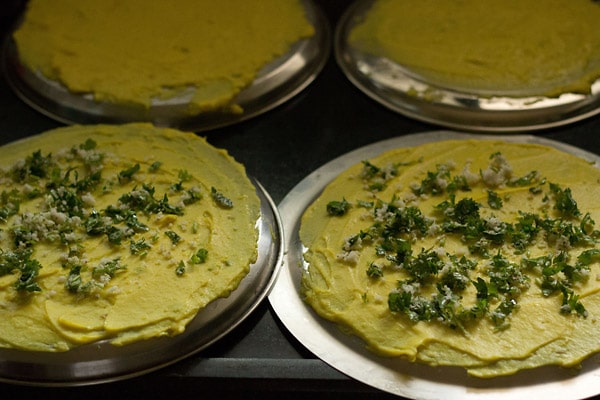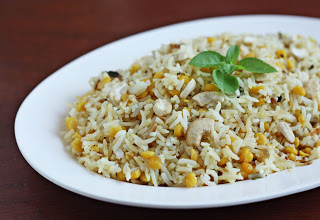“Roll over, Beethoven”, says Crocky to Beety.
“Go away.”
“Roll over and let me get some space in the sun,” whines Crocky.
“I said, GO AWAY” and Beety turns over, tucks his paws (if that’s what a turtle legs are called) in and refuses to budge. He has got there first and bagged the ‘good spot’ in the sun, after all!
Crocky (our pal, the crocodile), tries to nudge Beety but Beety tucks himself in tighter and refuses to budge. Can’t be pushed – because he’s almost a ball! Half a ball, rather. Croc is determined, sniffs around and then finally, climbs on top of Beety, who still will not budge. Luckily for Beety the terrapin, Crocky is a dwarf croc – the smallest species in the world – a West African Dwarf croc! Now if he had been an Indian mugger, there would have been no tale to tell – terrapin – paws, shell and all would have disappeared into the digestive tract of this fearsome reptile which can digest anything!
And so there lie the pair of them – a terrapin and a crocodile, fighting literally for a place in the sun,Think I’m making this up? Honest to god, it happened – at Paignton Zoo – as reported by the Mirror! Now whether the Mirror was making up news is another matter altogether!
The story took me back to a sunny day in Hyderabad many decades ago. My mother was on a bus, coming home from work and the guy sitting in front of her puts down a bag. In a few minutes, the bag sort of undulates – to my mother’s horror – she immediately jumps to the conclusion it’s a snake (as ninety nine out of a hundred readers who are reading this did do too!) and edges away. More undulations. Then a head peers out. She shrieks. Guy in front turns around. “Kya hua, amma?”(What is it?). She points a shaking finger at the bag. By now a pair of very curious eyes are visible. Guy in front reaches down and pulls it out of the bag to reassure her- that it’s a tortoise and not a snake!
Relief makes her chatty. Is that a pet for your children, she asks.
Oh, no, this is my dinner tonight, he says!
Rosy visions come crashing down! But after some negotiation, she manages to buy it off him for ten bucks – a lot of money those days!
Brings it home as a pet for her children instead – one more of my mother’s ‘projects’! Need I say how excited we were?!
And so, we make a little nest for it – in a box with leaves and bits of cloth and cotton wool – we don’t know so we might as well put in everything to make it comfortable!
Then comes the serious business of feeding the tortoise. We are completely clueless about what tortoises eat! So we try – many dishes – rice, dal, grass, bits of boiled egg, masala dosa and when the tortoise refuses to put its head out for anything, we figure that we have to get it something non-vegetarian! Now this is more difficult than you can imagine in a strictly vegetarian household. A round table is held. We reach a decision. Worms! Non-veg, easily available in the garden, we don’t have to kill it – the tortoise will!
And so, off to the garden we go! And find a hapless worm, which we present to the tortoise with great ceremony. The worm, being a curious sort of creature, manages to find the opening to the tortoise’s head and crawls in. Like lightning, the head shoots out – ejecting said hapless worm!
We give up. The next day, an expedition to the zoo is made, where the ‘pet’ is handed over with many tears (from my side) and best wishes for a long life – from my brothers!
For all we know, it’s still living at the Hyderabad Zoo!
Maybe we could have tried spaghetti instead of worms – not much difference in looks, right??! Particularly this…
SPAGHETTI WITH ROASTED RED PEPPER SAUCE
FOR RED PEPPER SAUCE:
- 1 onion, chopped
- Sugar – 1 tsp
- 6 garlic cloves
- 3 tbsp tomato puree or 3 large tomatoes- chopped
- 1 cup red wine
- 6-7 roasted red peppers/ capsicums- the easiest way to do this is to skewer them, roast over an open flame. If you are feeling full of beans, after the skin blisters and blackens, put them in a dabba with a lid. Open after 5 minutes and the skin will slip off easily – and you can feel virtuous about not using any plastic!). If, on the other hand, you are in the throes of the summer in India, just leave the skins on and chop away!
- 1 tsp sage or herbes de Provence
- 1/2 tsp – red chili powder
- 1 green chili minced
- Grated parmesan or cheddar – lots!
- Mint or basil leaves to garnish
- Salt
- Oil – 2 tbsp
Heat the green chili, onions and sugar along with the oil. Let onions brown well.
Add garlic. Saute for a minute.
Add the tomatoes or puree and let soften. Add the capsicums, herbs and salt. Add wine and let cook for 4 – 5 minutes.
Run through a blender or a bar blender till you get a knobbly puree. Return to pan and bring to boil.
Boil spaghetti according to instructions.
Serve with sauce and plenty of cheese, garnished with mint or basil.
And if you don’t buy my story about Crocky and Beety – check it out…!
http://www.mirror.co.uk/news/weird-news/remarkable-photograph-shows-crocodile-sat-5478039
P.S: And I still don’t know what tortoises eat – so you know what not to give me for my next birthday!










